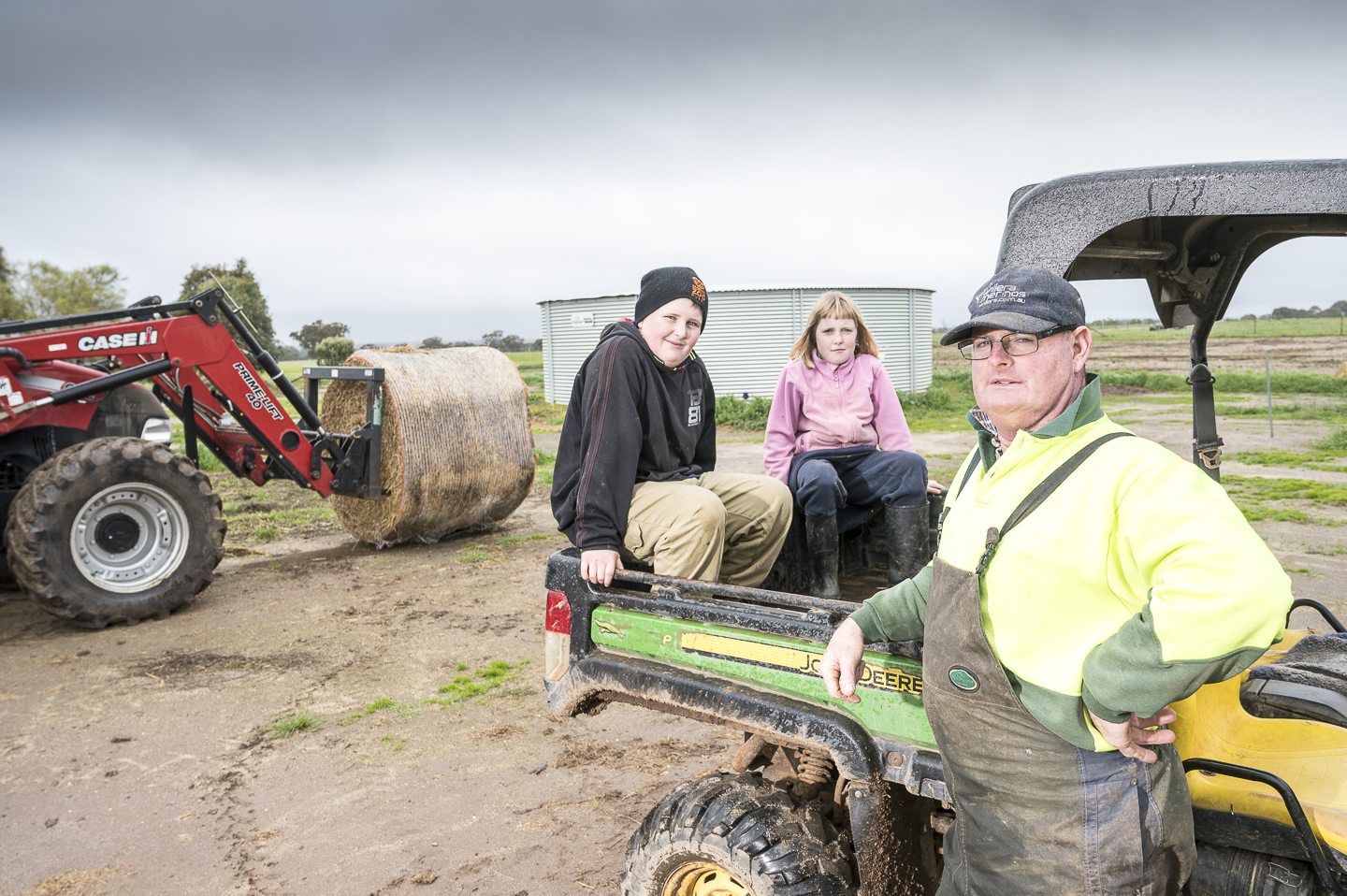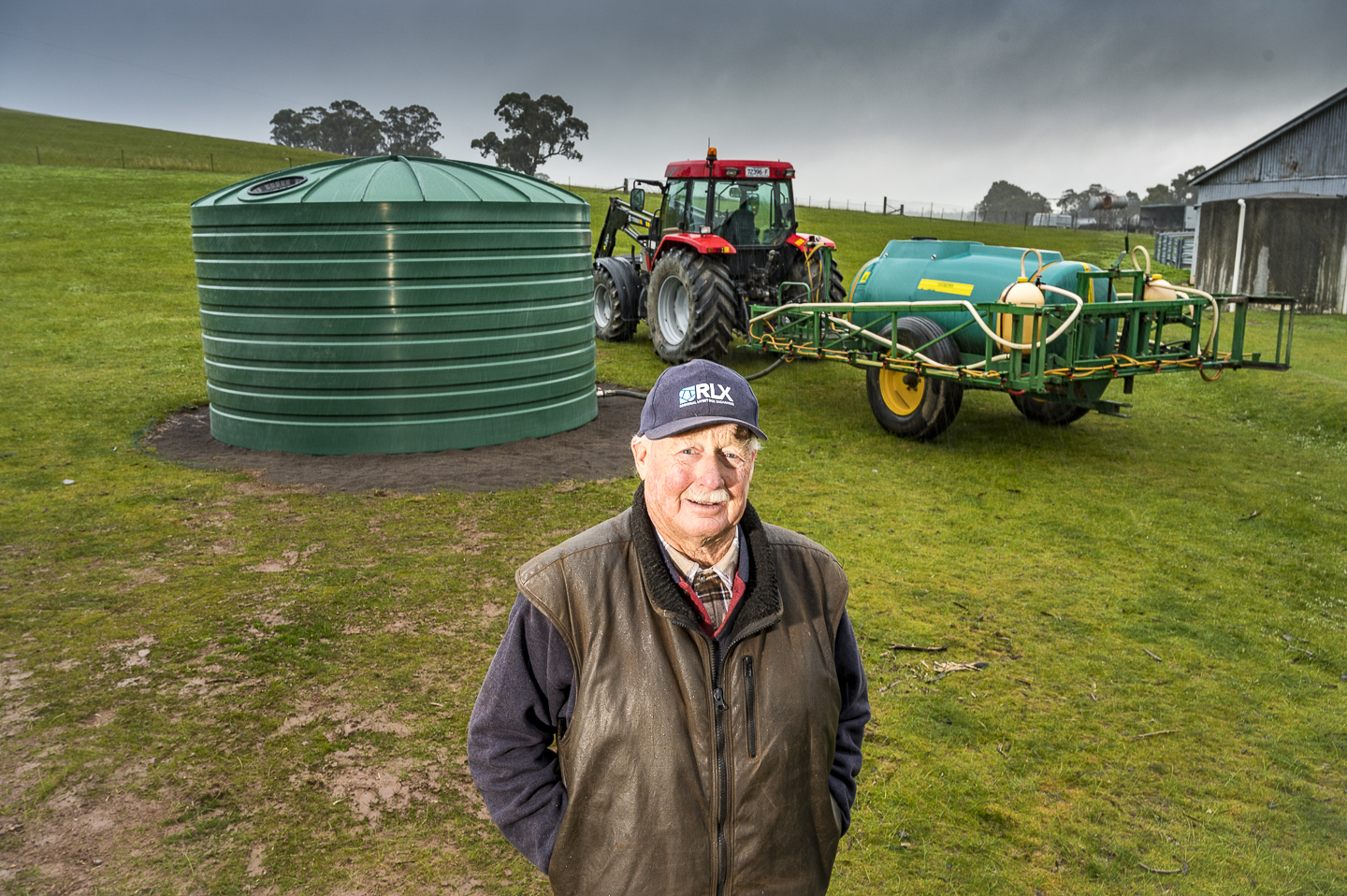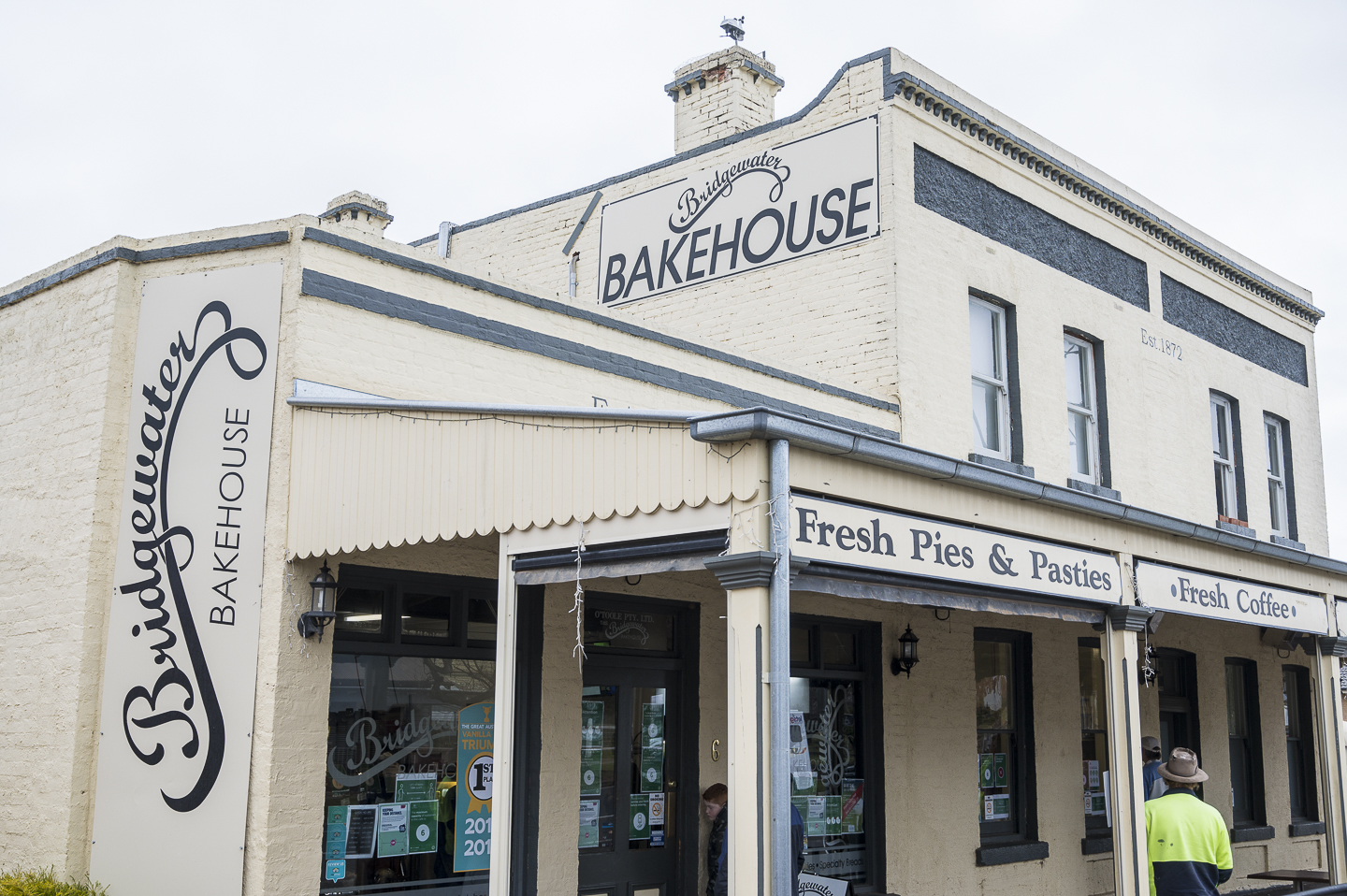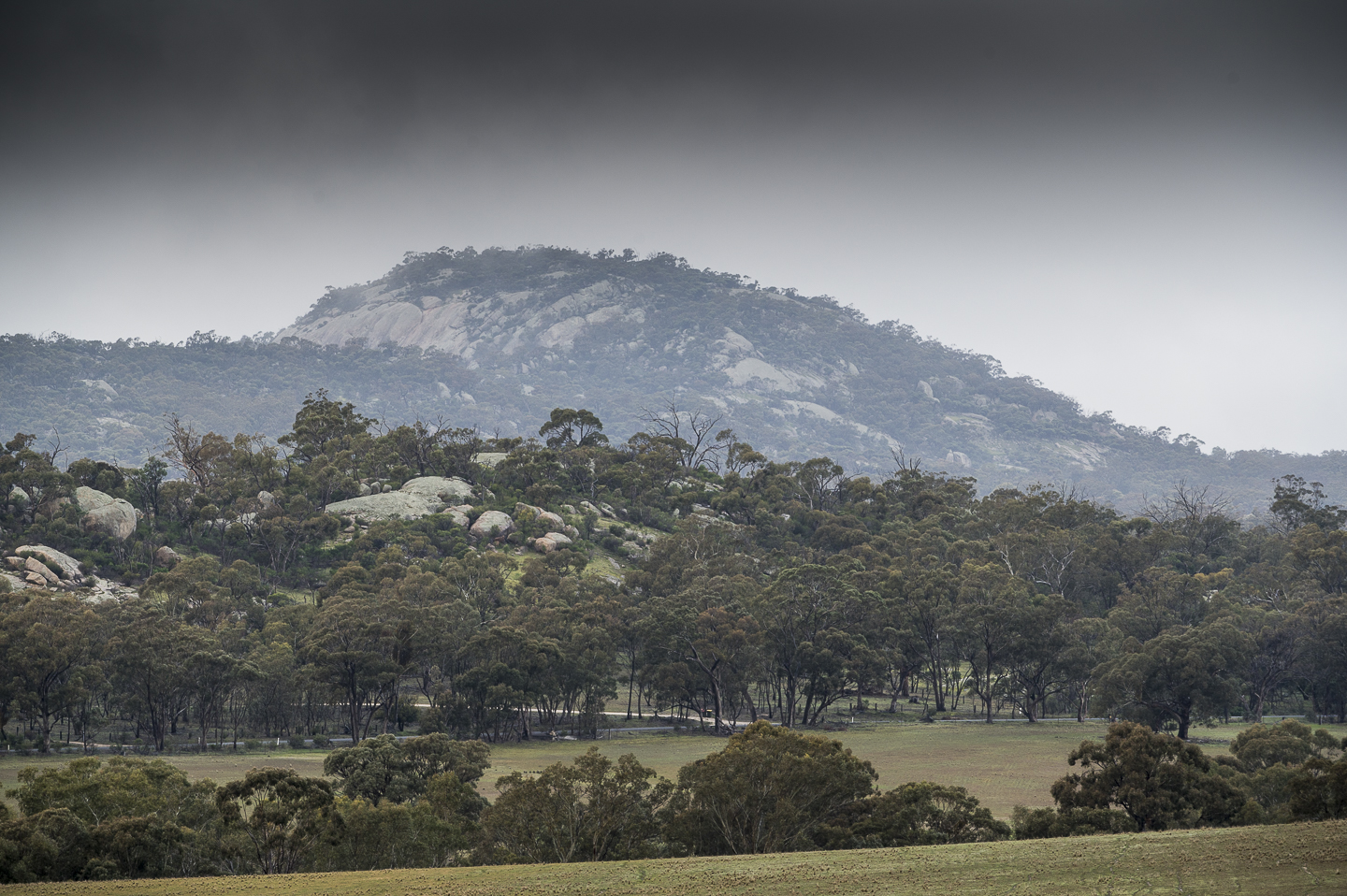Select your town from the list below to find out:
- if you can drink your local water safely
- what water restrictions apply
- where your water comes from
- whether sewerage services are available.
Statements of Water Quality for drinking water towns are also available to download if needed.
If you live in a rural area, select 'rural properties'
|
Further information...
See latest outage and water quality alerts.
Find information on the quality of drinking water supplied to customers within our service area. The report also provides information about where our water is sourced from and how water is treated for safe drinking in different towns.
Find reservoir levels and other information at Storage Manager.
Our reservoirs and lakes are open to the public for recreational activities. View current water levels and recreational activities permitted at our lakes and reservoirs.
We're proud to be partners with Choose Tap to spread the word of the benefits of choosing tap water. |
Connecting to the West Grampians Rural Pipeline will secure a reliable water supply for your property.
There are many benefits of having a piped supply, from better quality water for bathing and washing to security for firefighting or enterprise opportunities. Read some case studies about how piped water has benefited landholders in our community.
More about the West Grampians Rural Pipeline Project
What to do
If you're interested in connecting:
- Lodge an
 Expression of Interest Form as soon as possible to make sure you're considered for the scheme.
Expression of Interest Form as soon as possible to make sure you're considered for the scheme. - If you're eligible and the project goes ahead, we'll make arrangements to meet with you, view your preferred pipeline route and connection point/s, and talk you through the next steps.
Your project information pack
About the project . . .
Information for new pipeline customers . . .
Our Customer Charter. . .We're committed to serving our customers and have developed a charter to reflect our ongoing commitment to you and the community: |
Connecting to the East Grampians Rural Pipeline will secure a reliable water supply for your property.
There are many benefits of having a piped supply, from better quality water for bathing and washing to security for firefighting or enterprise opportunities. Read some case studies about how piped water has benefited landholders in our community.
More about the East Grampians Rural Pipeline Project
Express your interest to connect
Landholders within the project boundary are encouraged to lodge an Expression of Interest to connect to the pipeline.
Our Landholder Liaison team are available to answer your questions or discuss the project during business hours on 1300 659 961.![]() Download the Expression of Interest form for the East Grampians Rural Pipeline
Download the Expression of Interest form for the East Grampians Rural Pipeline
Landholders still interested in the project that haven’t registered an expression of interest are still encouraged to do so.
What you need to know
We have created a series of fact sheets which will help you with what you need to know and do, to connect to the East Grampians Pipeline.
![]() East Grampians Rural Pipeline - Overview
East Grampians Rural Pipeline - Overview
![]() East Grampians Rural Pipeline - Planning
East Grampians Rural Pipeline - Planning
![]() East Grampians Rural Pipeline - Connection
East Grampians Rural Pipeline - Connection
Online water calculator available
To assist landholders with calculating water requirements, we encourage landholders to use Agriculture Victoria’s water calculator by visiting their website at http://calculator.agriculture.vic.gov.au/fwcalc/step/home
Your project information pack
About the project . . .
Information for new pipeline customers . . .
Our Customer Charter. . .We're committed to serving our customers and have developed a charter to reflect our ongoing commitment to you and the community: |
The South West Loddon Pipeline Project is now complete. Connecting to the pipeline will secure a reliable water supply for your property. There are many benefits of having a piped supply, from better quality water for bathing and washing to security for firefighting or enterprise opportunities. Read below some case studies about how piped water has benefited landholders in our community.
What to do
Landowners along the South West Loddon Pipeline route can still apply to connect to the pipeline system.
If you're interested in connecting:
- Fill out an
 Expression of Interest form and return to us by emailing
Expression of Interest form and return to us by emailing This email address is being protected from spambots. You need JavaScript enabled to view it. or by post. - The Land Liaison Team will contact you and talk you through the next steps.
Service area
Rural landholders within the project boundary shown on the map below may be eligible to connect to the pipeline.
View the interactive map
![]() View map of South West Loddon water supply area
View map of South West Loddon water supply area
Pipeline paves the way for growth
|
|
|
|
Your South West Loddon Pipeline information pack
About the project . . .
Information for new pipeline customers . . .
Our Customer Charter. . .We're committed to serving our customers and have developed a charter to reflect our ongoing commitment to you and the community: |
.
Page 14 of 35



 Buying back time
Buying back time GWMWater and Coliban Water come together to deliver for customers
GWMWater and Coliban Water come together to deliver for customers A real time saver
A real time saver